South Dakota is a large, midwestern state with the granite hills of Mt. Rushmore to the Black Hills National Forest, and many stretching prairies. It’s a state with a lot of land, a lot of history, and a lot to offer from native plants as well.
The flowering plants on this South Dakota native plants list will all make great choices for your native garden. Choosing native species for your home garden or landscape is always the best choice. These plants have adapted over many generations to survive the temperatures, climate, and even pests of the area. They are the easiest to care for and they are good for the environment. Let’s take a look.
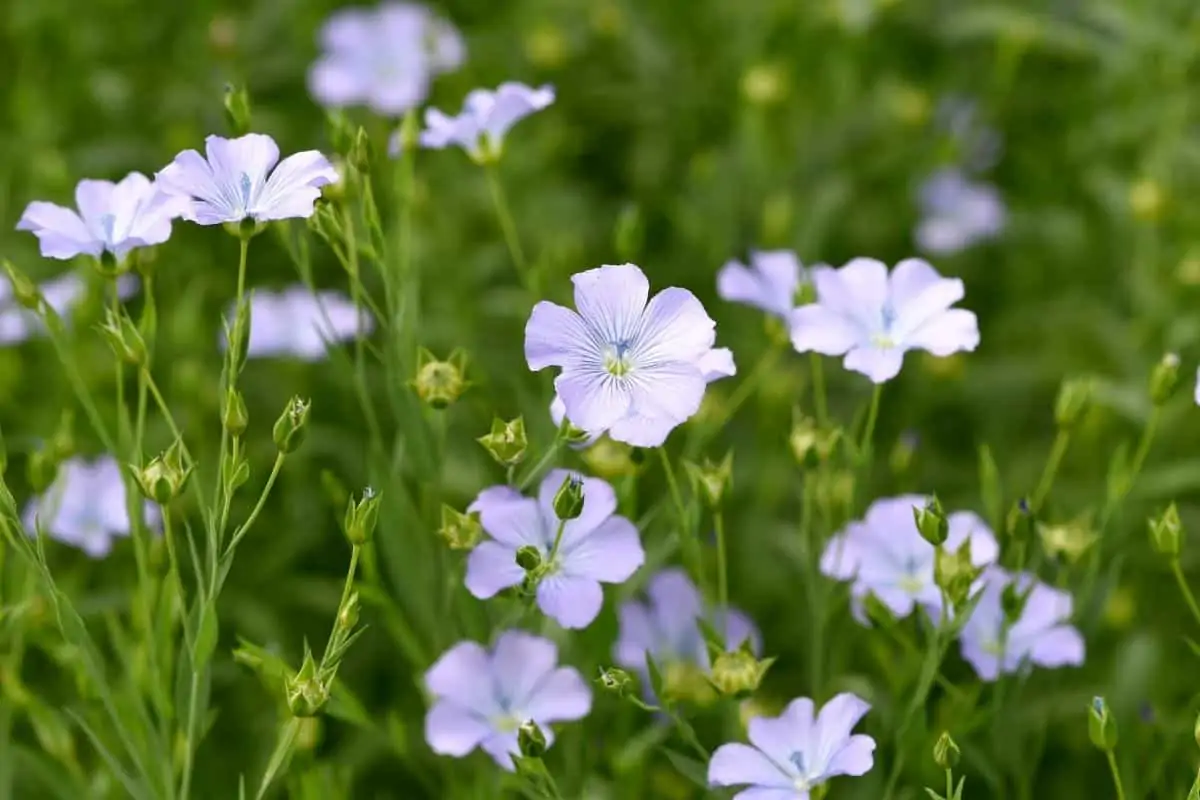
South Dakota native plants list
Now let’s look at some native plants in South Dakota.
1. Canadian anemone (Anemone canadensis)
Canadian anemone is also known by the common names round-leaf thimbleweed, meadow anemone, and windflower. This South Dakota native is part of the buttercup family, which you can recognize when you see the distinct shape of the petals on the flowers.
It grows on a 1-2-foot-tall stem that bears a single white flower with a golden center. It likes part shade to full shade, moist, moderately sandy soil, and all parts are poisonous when fresh.
2. Eastern red columbine (Aquilegia canadensis)
Eastern red columbine is a beautiful native with red shower flowers with yellow centers that are also easy to grow and low maintenance but look stunning in the home garden or landscape. This plant is also part of the buttercup family, but its flowers look much different.
The plant grows about two feet tall, on average, and the red and yellow flower hangs down in a bell-like fashion. It has long tubes perfect for hummingbirds and long-tongue insects. It blooms from February to July and likes dry to moist soil that is well-drained. It likes part to full shade and is very drought tolerant.
3. Swamp milkweed (Asclepias incarnata)
Swamp milkweed is also called pink milkweed because of its pink flowers. It’s part of the milkweed family and the blossoms grow at the top of 2–4-foot branching stems.
Despite its name, the juice (or milk) from this variety is less milky than some other milkweeds. It does best in swampy conditions, so it likes rich, wet, muddy soils and full sun to part shade with high water usage. It is well known for attracting butterflies to the garden.
4. Whorled milkweed (Asclepias verticillata)
Another native milkweed is the whorled milkweed, also called Eastern whorled milkweed. It grows from 1-3 feet tall and has narrow, linear leaves that are whorled along the stem.
The white and green flowers bloom in clusters at the tops of the stems from May through September. It likes full sun to part shade, dry soil, and sandy or rocky soil conditions. It will also attract butterflies to your garden.
Please note that it is poisonous to livestock.
5. Bluebell bellflower (Campanula rotundifolia)
Part of the bellflower family, this one is also called just bluebell, harebell, witches’ thimble, and bluebell of Scotland. It can grow from 4-15 inches tall on slender stems that are sometimes weak so the stems bed over, especially in the wind.
The blue to purple/violet flowers look like little bells. They bloom from June to September and like dry, sandy, well-drained soils and full sun to part shade. They will attract hummingbirds to your garden and also other pollinators.
6. Fireweed (Chamerion angustifolium)
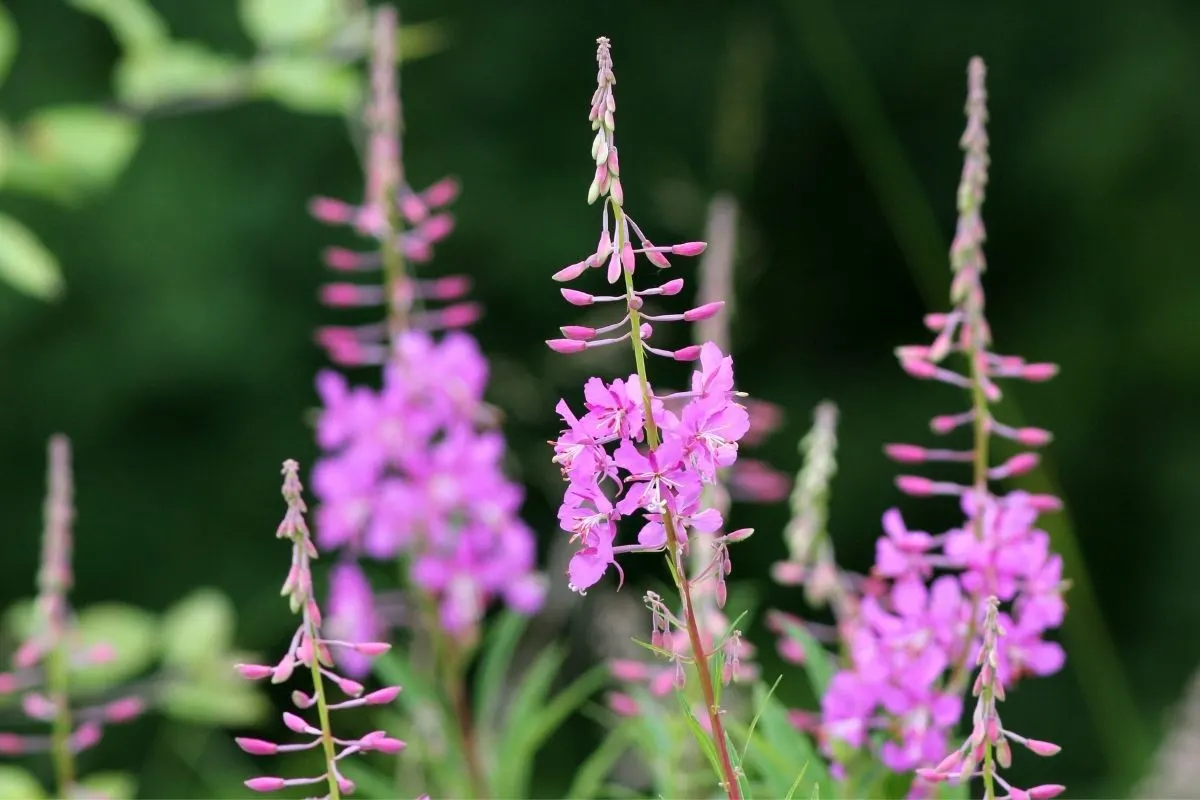
Fireweed is a stunning member of the evening primrose family that will stand out in any garden or landscape. Also called willow herb or narrow-leaf fireweed, this showy, clumped perennial will grow to 3-5 feet tall and usually has reddish-colored erect stems.
The flowers of fireweed bloom from June to August and it likes moist soil and full sun. It will attract butterflies, bees, and other pollinators.
7. Partridge pea (Chamaecrista fasciculata)
Part of the pea family, partridge pea is also known as the sleeping plant or sensitive plant. It grows 1-3 feet tall and has large, showy flowers with narrow pods.
It’s a great pop of summer color to your garden and will also attract bees and butterflies. It blooms from June to October and likes dry to moist, well-drained soil and full sun to part shade. It’s fairly easy to care for once established and does well in a variety of habitats.
8. Showy tick trefoil (Desmodium canadense)
Here’s another unique, showy flower. This erect, hairy plant is bushy with clusters of pink or rose-colored pea-like flowers at the tops of the stems. They bloom from June to September and like full sun.
For best results, it needs dry to moist soil. This is a highly adaptable plant so it can do well in most conditions but be cautious that it can easily take over in a small garden.
9. Black Samson (Echinacea angustifolia)
Also known as narrow-leaf coneflower, Black Samson is part of the aster family and has showy, recognizable flowers that bloom at the top of 18–24-inch stems. It’s rarely branched, and the flower heads sprout at the very tops of the stems. They bloom from May to July and like full sun to part shade, dry soil, and do great in a prairie garden. It’s very beneficial to local ecosystems and will attract butterflies to your garden. They also do well in cut arrangements.
10. Flowering spurge (Euphorbia corollata)
This plant has bright green stems that grow to around 3 feet tall. It has a whorl of smooth, bright green leaves that surround the stem. At the top, there are clusters of small white flowers with yellow centers.
They bloom from June to October and like dry to mesic soils and full sun. They have a high drought tolerance and will do well in places where it doesn’t rain a lot and gets a lot of sun. It can be poisonous in large doses.
11. Flat-top goldenrod (Euthamia graminifolia)
Here’s another member of the aster family also known as grass-leaved goldenrod. Before the small clusters of yellow flowers bloom, this plant can easily be mistaken for a type of grass. It does make a good ground cover.
This plant can grow from one to four feet tall, and the flat, open clusters of small yellow flowers will sprout at the top and bloom from July to September. It likes moist to average soil and full sun.
12. Brown-eyed Susan (Gaillardia aristata)
Brown-eyed or black-eyed Susan is another garden classic that is native to South Dakota. It’s a member of the Aster family and its flowers look like small sunflowers. They can grow from 2-4 feet tall and the yellow flowers with brown/black centers bloom on the very tops of the stems.
They bloom from July to September and like dry, acidic, well-drained soils and full sun. They will attract butterflies, bees, and other pollinators and they are very eye-catching in the garden or landscape.
13. Prairie smoke (Geum triflorum)
Prairie smoke is also known as Old Man’s Whiskers or purple avens. This plant is part of the rose family. It can grow from 6-18 inches tall and has basal clumps of blue-green, hairy leaves.
At the tops of the stems, it grows reddish-purple or rose-colored, bell-shaped flowers that hang down in groups of three. They bloom from April to May and like dry to moist soil and full sun to shade. They will attract butterflies to the garden.
14. Virginia waterleaf (Hydrophyllum virginianum)
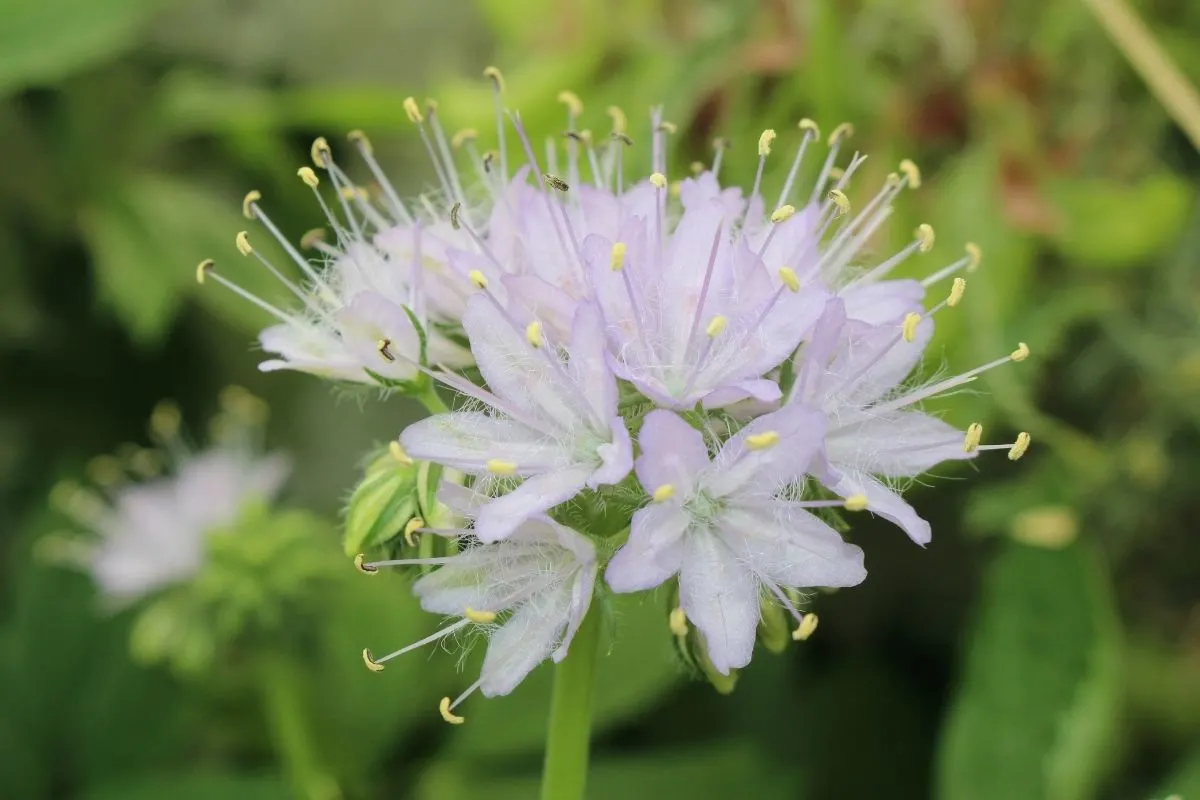
Virginia waterleaf is also called Shawnee salad or Eastern waterleaf. It’s a member of the waterleaf family. It blooms white, blue, or dark violet flowers on long stalks that extend above the leaves. They hang down in a bell-like fashion and the plant has large triangular leaves that blanket the flowers.
They bloom from May to June and like part shade to full shade and moist soil. This plant is low maintenance and works great for a ground cover. In certain conditions, it can be a bit aggressive and may need to be trimmed back to maintain control.
15. Wood lily (Lilium philadelphicum)
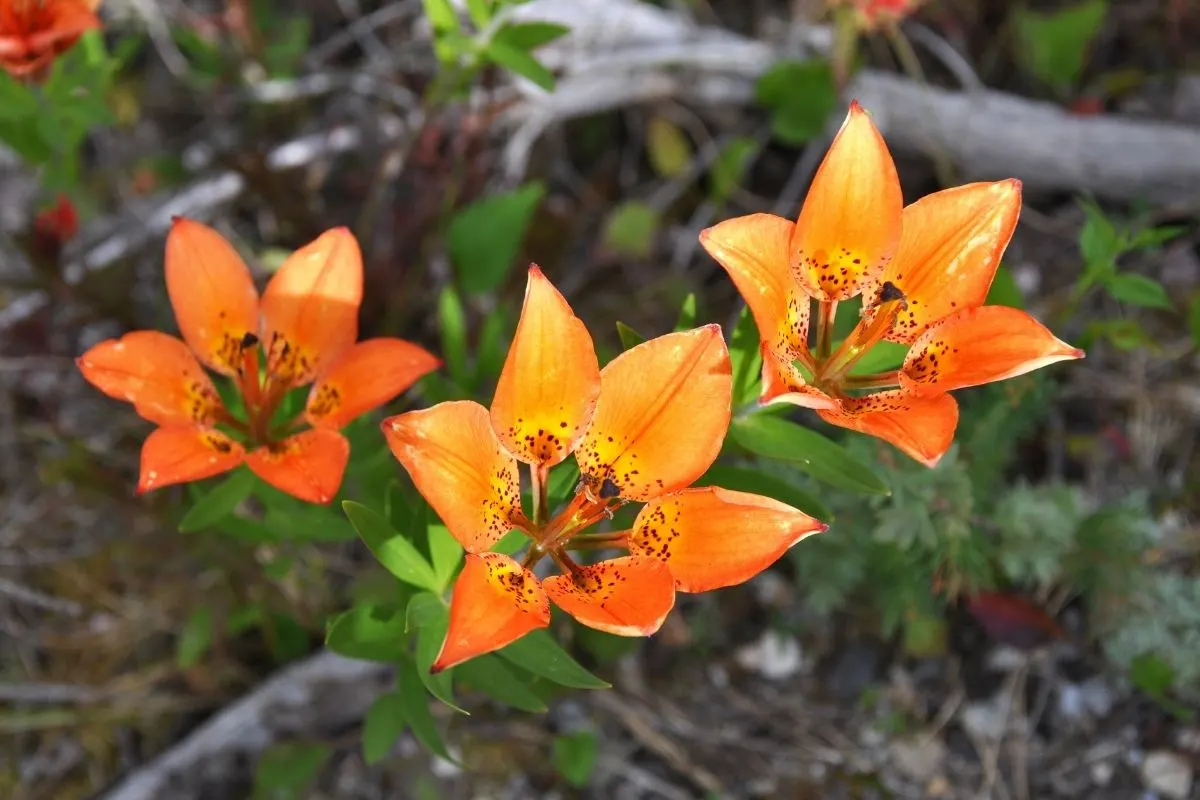
Wood lily is a stunning member of the lily family that can easily be a large focal point in your native garden or landscape. It grows from 1-3 feet tall and a stunning, showy flower blooms at the very top. It’s usually red to orange in color and can have brown spots on the petals.
They bloom from July to August and like dry, well-drained soils and full sun to part shade. They can tolerate more shade when other conditions are met. Hummingbirds love it and will be attracted to your wood lilies.
There are so many more that we just don’t have space to list like the tall blazing star, prairie blazing star, great blue, lobelia, wild bergamot, and more. Now that you know about some of the great native plants available in the state, let’s look at some common questions many people have.
South Dakota native plants list FAQ
Here are some frequently asked questions about South Dakota native plants.
Where is the best place to buy native plants?
There are some great places in South Dakota to buy native plants. You can try the Black Hills Nursery, Nursery Wholesalers, The Plantsmyth, Inc., Sioux Valley Greenhouses, Yankton Nurseries, and Jolly Lane Greenhouse to name a few. South Dakota Native Plant Research from the South Dakota State University may also be able to help you with resources.
Why are native plants important?
Native plants play a very important role in the local ecosystem. They have adapted to the local climate and soil conditions in the location they naturally occur, and this means they also provide nectar, pollen, and seeds for native butterflies, insects, and birds to eat. They help reduce air pollution in the area, and they use less water than lawns or non-native plants. They help promote biodiversity and preserve the natural heritage in an area. They can also help prevent soil erosion and increase scenic values.
How do I choose the right native plants for my garden?
Just because a plant is native doesn’t mean it can magically grow anywhere. When selecting your native plants, it’s important to choose the right plant for the right spot and soil conditions. First, learn about your land, your growing zone, the type of soil, and the lighting conditions. Planting a native that does best near streams in a dry area with intense sun will not do well, for example.
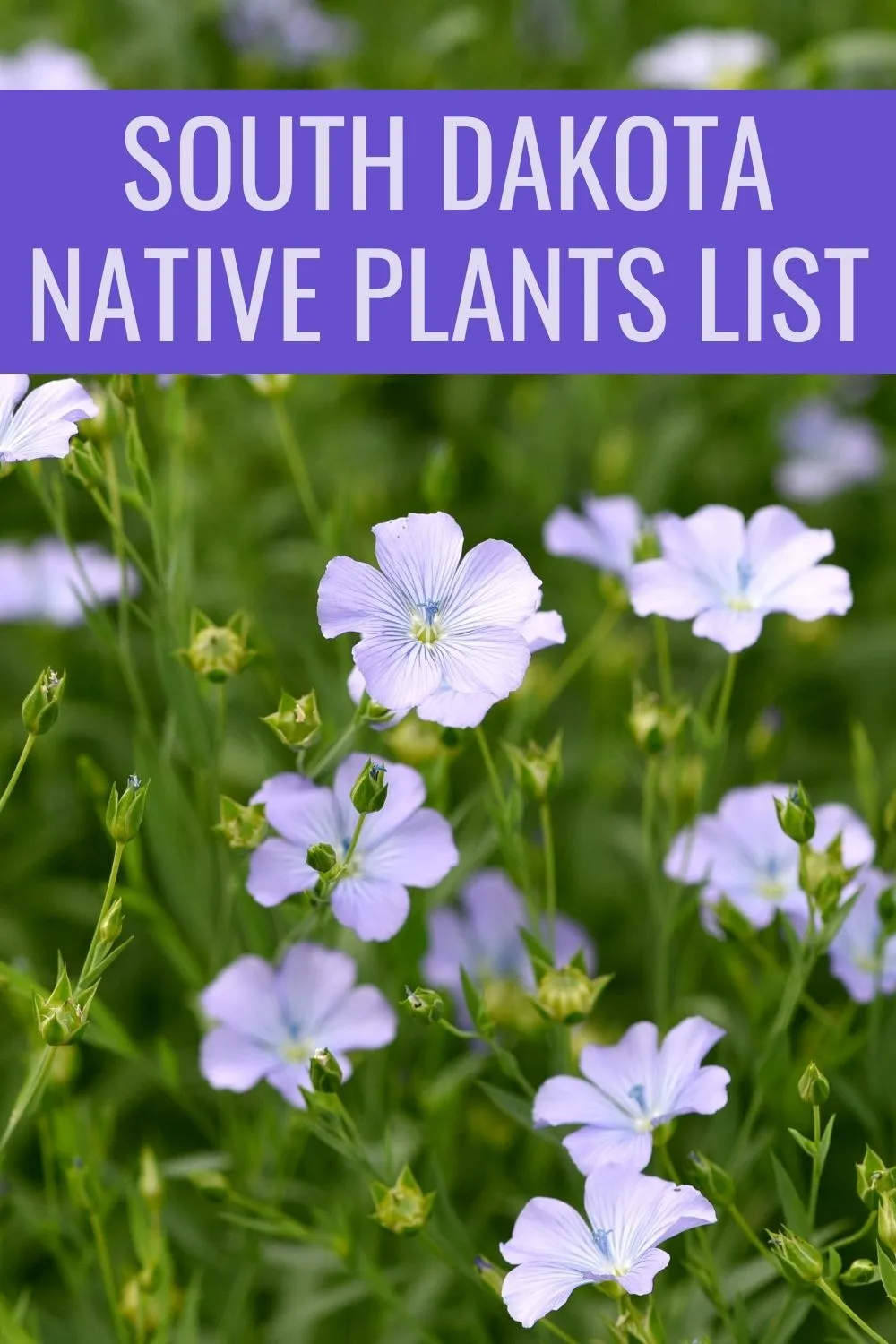
Lisa Clark is a freelance writer who grew up on farmland, then moved to the city, and has now retired back to her rural roots. She's having fun teaching her kids about gardening, planting flowers, and collecting houseplants.













